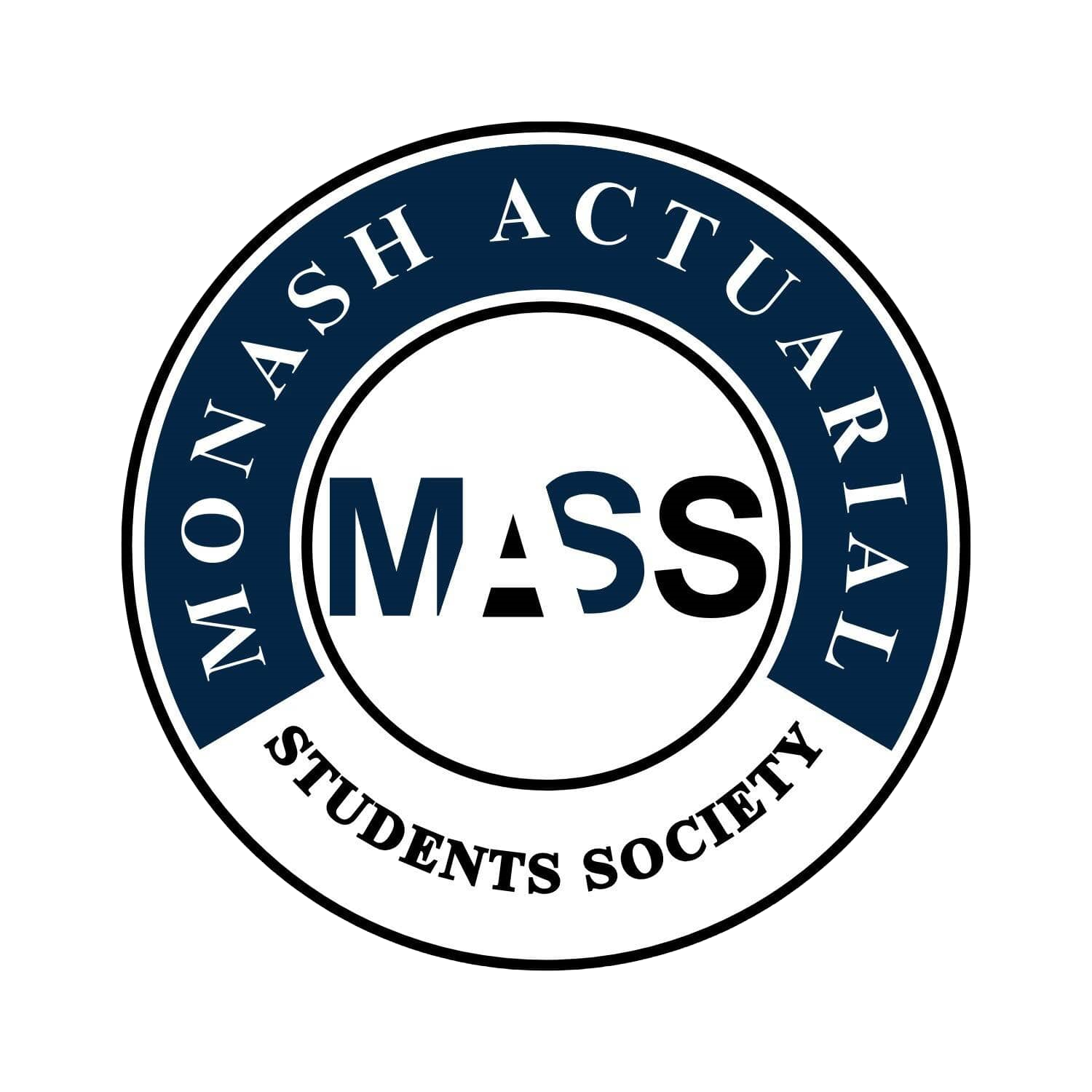ETC3530 / ETC5353 Contingencies in Insurance and Pensions (Sem 2, 2023)
Difficulty:
Year Completed: Semester 2, 2023
Prerequisite: ETC2430
Exemption:
CM1 Actuarial Mathematics
ETC1000 (10%), ETC2430 (35%), ETC3530 (55%)
Weighted average of 70% required. Minimum of 60% required for each unit.
Mean Setu Score: 68.52%
Clarity of Learning Outcomes: 88.89%
Clarity of Assessments: 66.67%
Feedback: 44.44%
Resources: 55.56%
Engagement: 100%
Satisfaction: 55.56%
Subject Content:
Lecture(s) and Tutorial(s):
Textbook(s):
Assessments:
This course covers a wide range of basic insurance & superannuation policy structures. The topics included pricing life assurances and annuities, as well as variable benefit, with-profit contracts, and joint life or last survivor benefits, gross reserves, competing risks, unit-link and accumulating with-profits contract. Furthermore the unit explores how to carry out profit tests with zeroisation for reserving.
1 x 2 hour lecture
1 x 1.5 hour tutorial
N/A
Online weekly Quizzes 10%
Tutorial Presentation 10%
Mid Semester Test 10%
Dashboard Assignment 20%
Final Exam 50%
Comments
Initial topics built heavily on ETC2430, and thus was interesting to see the topics introduced there developed further. The unit became more difficult when it started introducing newer material, such as joint life & last survivor functions, or competing risks etc. However, the tutorials were beneficial in developing an understanding no matter the difficulty of the topics
The lectures gave an engaging spin on a unit which is otherwise mostly formulaic. Rather than being a seminar style the lecturer would be quite interactive with the audience, meaning that there was a real benefit to attending live. The content was chunked in a structured manner whilst being understandable. However, some difficulties were experienced in later topics with adapting to the notation and mathematical theory whilst gaining a practical understanding was challenging. For these topics, lectures may need to be reviewed more than once.
Complete lecture slides were released weekly and contained all the content covered in the lectures & needed for assessments.
Tutorials are not compulsory but recommended to attend. It is also recommended you attempt the tutorial questions beforehand, as it would be easier to follow the explanations in class. Nonetheless, one could revise amply again with the solutions provided.
The weekly quizzes were a fair representation of what was taught in the lectures. One could prepare by doing the tutorials or listening to the lectures and running through examples oneself. Tutorial presentation helped develop insight in to the industry and were marked generously.
The mid-semester test was difficult, and a good indication of the final exam. The proportion of your final mark was only 10%, allowing students to study more to make up any lost marks there
The final assignment relied on making a `shiny` model in R, and thus presented new material with many students. Hence, it was given to students early on and is recommended you start early in order to achieve the best mark. Many students excelled on the final assignment, however, a sizeable amount also found it very difficult.
The final exam was quite challenging, making it important to understand the theory in depth and apply in non-routine circumstances. Time is of the essence in the exam, and hence this is very important.
Get started early on the assignment. Also keeping a log of the equations either in a formula sheet or program is worthwhile for easy reference. Making yourself comfortable with the math in this unit (basic sequences & series, probability & calculus) is vital both for the in-semester assessments & the exam.
General Overview:
Lectures:
Tutorials:
Assessments/Other Assessments
Exams
Concluding Remarks

